Innovative Flavor Profiles
The cream cheese market is witnessing a surge in demand for innovative flavor profiles, as consumers seek unique and diverse culinary experiences. Flavored cream cheese products, such as herb-infused, spicy, or sweet varieties, are gaining traction among consumers looking to enhance their meals and snacks. Recent market analysis suggests that flavored cream cheese accounts for nearly 30% of total cream cheese sales in the US. This trend indicates a shift towards more adventurous eating habits, prompting manufacturers to explore new flavor combinations and ingredients. As the cream cheese market evolves, the introduction of novel flavors could play a crucial role in attracting a broader consumer base and driving sales.
Growth of the Snacking Culture
The cream cheese market is benefiting from the growing snacking culture in the US, as consumers increasingly opt for convenient and portable food options. Cream cheese, often used as a spread or dip, aligns well with this trend, making it a popular choice for on-the-go snacking. Recent statistics indicate that the snacking segment is expected to grow by 8% annually, with cream cheese products playing a significant role in this expansion. This shift in consumer behavior presents an opportunity for brands to develop new snack-oriented products, such as cream cheese-based dips or spreads, that cater to the evolving preferences of health-conscious consumers. The cream cheese market must leverage this trend to enhance product offerings and meet the demands of a busy lifestyle.
Expansion of E-commerce Channels
The cream cheese market is experiencing a transformation due to the expansion of e-commerce channels, which have become increasingly vital for reaching consumers. Online grocery shopping has surged in popularity, providing consumers with convenient access to a wide range of cream cheese products. Recent data indicates that online sales of dairy products, including cream cheese, have increased by over 20% in the past year. This shift presents a significant opportunity for brands to enhance their online presence and engage with consumers through targeted marketing strategies. As the cream cheese market adapts to this digital landscape, leveraging e-commerce platforms could be crucial for driving sales and expanding market reach.
Increased Focus on Clean Label Products
The cream cheese market is increasingly influenced by the clean label movement, as consumers become more discerning about the ingredients in their food. There is a growing preference for products that are free from artificial additives, preservatives, and unnecessary fillers. This trend is reflected in the rising sales of organic and natural cream cheese options, which have seen a growth rate of approximately 15% in recent years. As consumers prioritize transparency and quality, manufacturers in the cream cheese market are compelled to reformulate their products to meet these expectations. This focus on clean labels not only enhances consumer trust but also positions brands favorably in a competitive market.
Rising Demand for Plant-Based Alternatives
The cream cheese market is experiencing a notable shift towards plant-based alternatives, driven by increasing consumer awareness regarding health and sustainability. As more individuals adopt vegan and vegetarian diets, the demand for dairy-free cream cheese options is on the rise. According to recent data, the plant-based cream cheese segment is projected to grow at a CAGR of approximately 12% over the next five years. This trend indicates a significant opportunity for manufacturers to innovate and expand their product lines to cater to this growing demographic. The cream cheese market must adapt to these changing preferences, as consumers increasingly seek products that align with their dietary choices and ethical considerations.


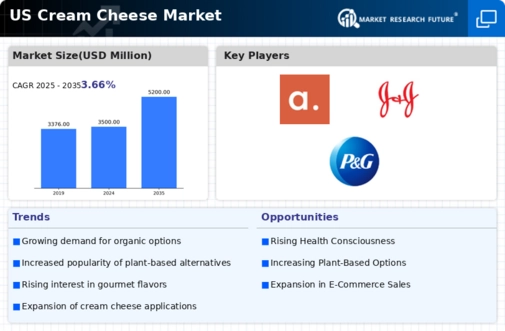
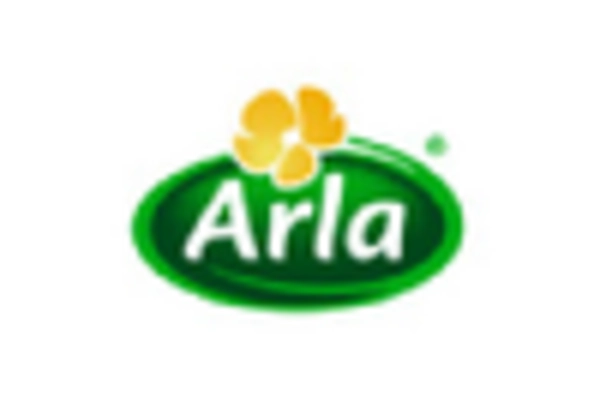
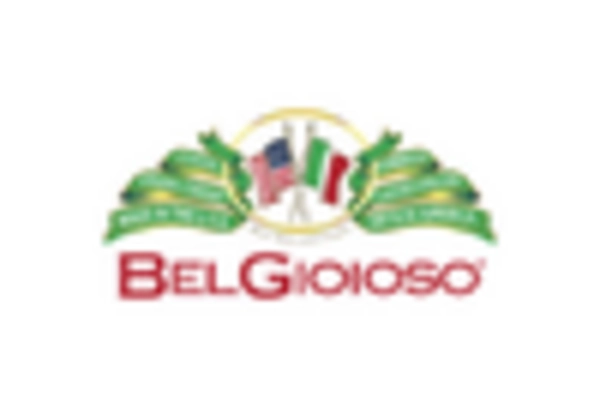

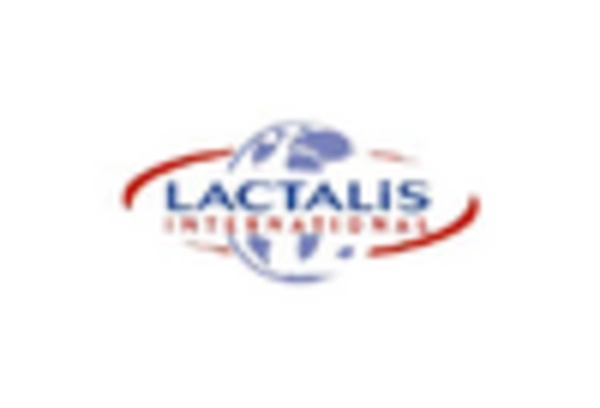
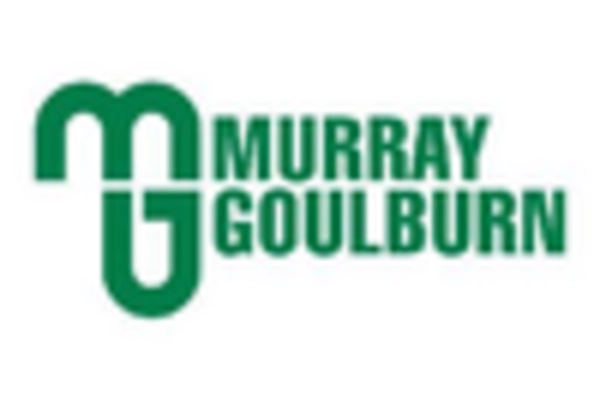
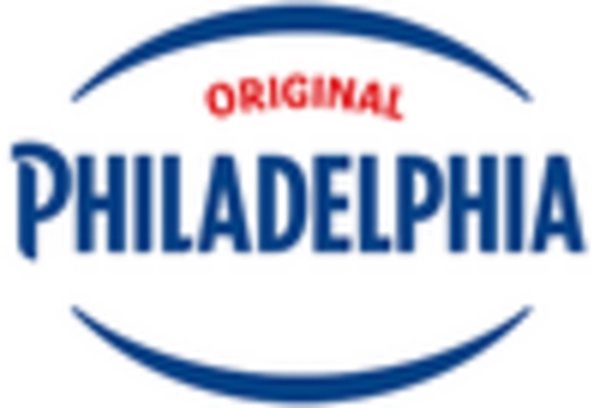








Leave a Comment